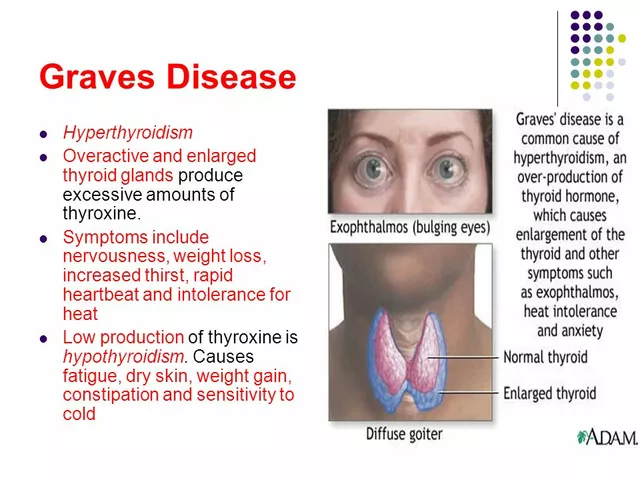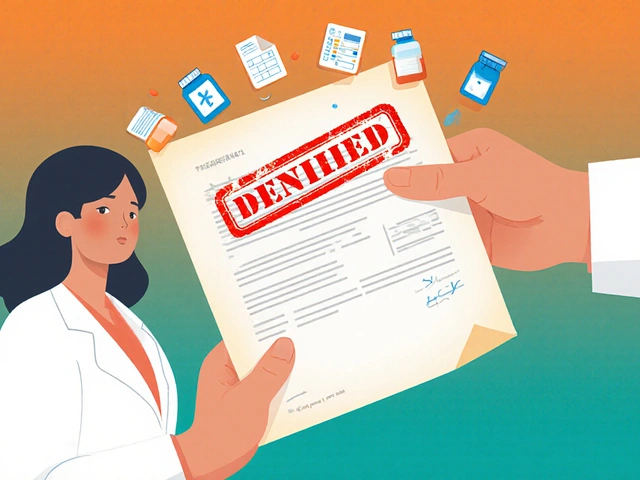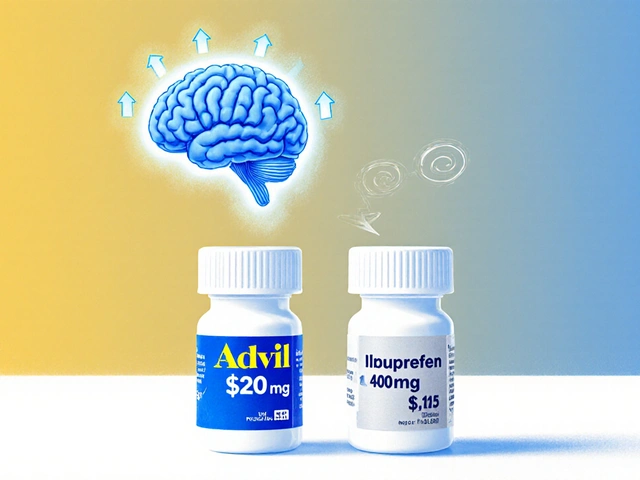The Science Behind Minoxidilfinasteride: How It Works to Combat Hair Loss
June 1 2023Premenstrual Dysphoric Disorder (PMDD): What to Know and What to Do
Think your mood changes before your period are more than just “feeling moody”? PMDD is a real, treatable condition that hits hard for about 3–8% of people who menstruate. Unlike common PMS, PMDD can disrupt work, relationships, and daily life. This page gives clear, practical info so you can spot PMDD, talk to a clinician, and try options that actually help.
Symptoms that matter
PMDD symptoms show up in the week before your period and lift within a few days after it starts. Key signs to watch for: intense irritability or anger, severe mood swings, deep sadness or hopelessness, sudden tearfulness, anxiety, and trouble concentrating. Physical symptoms like bloating, breast tenderness, and headaches often come with the emotional ones. Track symptoms for at least two cycles—write down mood, sleep, appetite, and how it affects work or relationships. A pattern that repeats each cycle points strongly to PMDD.
If symptoms are stopping you from doing normal things—missed work, fights with people you love, or thoughts of harming yourself—get urgent medical help. PMDD can feel overwhelming, but effective options exist.
Treatment options that work
First-line treatment for many people is a short-term or continuous SSRI (selective serotonin reuptake inhibitor). Fluoxetine (marketed as Sarafem for PMDD) is commonly used and often reduces mood symptoms within days to a few weeks. Your clinician might prescribe the SSRI every day or only during the luteal phase (the week before your period). Both approaches can work—your provider will help choose what fits your life.
Hormonal treatments are another path. Combined oral contraceptives or continuous birth control that stop ovulation can reduce or remove cyclic symptoms for some people. For severe, treatment-resistant PMDD, some specialists consider GnRH agonists or surgical options, but those are major steps and need careful discussion about side effects and long-term effects.
Non-drug strategies help too. Cognitive behavioral therapy (CBT) gives tools for managing mood swings and stress. Regular sleep, light exercise, and cutting back on alcohol and caffeine can ease symptoms. Some people find symptom relief with calcium supplements or low-dose vitamin B6—talk to your clinician before starting supplements.
Practical tips: keep a symptom calendar (apps work fine), tell a trusted person at work or home what’s happening, and plan for high-symptom days (lighter workloads, extra rest). When you meet a clinician, bring your tracking notes and be honest about how symptoms affect you—specifics help get a clear diagnosis and faster relief.
Want more detail on medications like Sarafem or how to buy prescriptions safely? Check our article on Sarafem for uses and side effects, and browse our guides on safe online pharmacies if you need home delivery options. PMDD doesn’t have to control your life—you have options, and help is available.
 9 May
9 May
Fluoxetine for Premenstrual Dysphoric Disorder: How it Can Help
As someone who has experienced Premenstrual Dysphoric Disorder (PMDD), I was eager to learn about Fluoxetine and how it can help alleviate symptoms. Fluoxetine, commonly known as Prozac, is an antidepressant that has proven to be effective in treating PMDD. It works by balancing serotonin levels in the brain, resulting in improved mood and emotional stability. I've personally found relief from the emotional and physical symptoms of PMDD after starting Fluoxetine. If you struggle with PMDD, it might be worth discussing Fluoxetine with your healthcare provider to see if it could be a suitable treatment option for you.
Read More...




